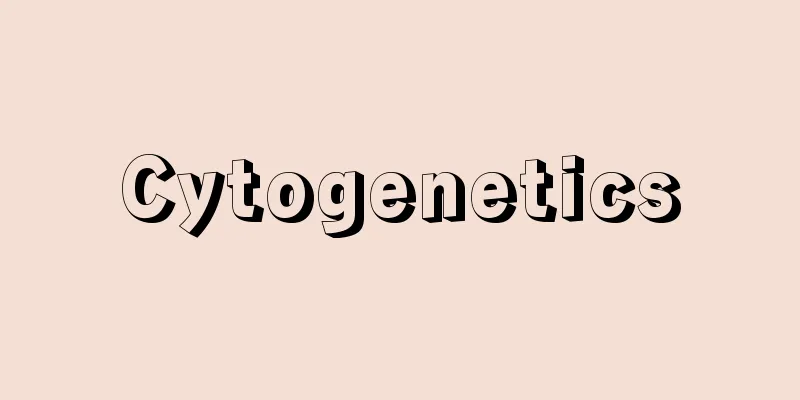Kaibei

|
…Young leaves are boiled and eaten, and used as a substitute for tea. In traditional Chinese medicine, the buds are called kaika (or kaibei). They contain flavonoids, rutin, and triterpenoids, and are used as a hemostatic agent, while the legumes are called sophora frutescens (or sophora horn), and are used as a hemostatic agent and hemorrhoidal remedy. … *Some of the terminology explanations that mention "槐米" are listed below. Source | Heibonsha World Encyclopedia 2nd Edition | Information |
|
…若葉はゆでて食用とし,また茶の代用とした。漢方ではつぼみを槐花(かいか)(または槐米(かいべい))とよぶ。フラボノイド,ルチンrutinなどのほかにトリテルペノイドを含み,止血薬とし,豆果を槐実(または槐角)とよび,止血薬や痔薬とする。… ※「槐米」について言及している用語解説の一部を掲載しています。 出典|株式会社平凡社世界大百科事典 第2版について | 情報 |
<<: Switch - Kaiheiiki (English) switch
Recommend
Mount Usu - Thin
…An active volcano located in southwest Hokkaido,...
svara
…There is no soaring into the air or moving aroun...
Gyoshidai - Imperial Censorship
This was the government office in charge of super...
Abudefduf sexfasciatus (English spelling) Abudefduf sexfasciatus
… [Makoto Shimizu]. . … *Some of the terminology ...
Yinchuan Plain
A plain formed in the upper reaches of the Yellow...
Aperture synthesis radio interferometer
…In an attempt to obtain the highest possible res...
One-part format
...that is, the same musical idea is repeated thr...
libel act
It is also written as libel law. It refers to the ...
Cotyaeum
...the agricultural and commercial center of the ...
Zarutskii, I. (English spelling) ZarutskiiI
...From the end of 1910 to the beginning of 1911,...
Estimated Tax - Estimated Tax
The director of the tax office estimates the amoun...
Sunbathing - Sunbathing
This is a health method that involves exposing th...
Marmota
…They are found all over the world except Austral...
Wang Shu (English spelling)
1668-1739 or 43 A Chinese calligrapher and scholar...
Undersea volcano
A volcano formed by an undersea eruption. There a...




![Tsubetsu [town] - Tsubetsu](/upload/images/67cc3d338edb3.webp)




